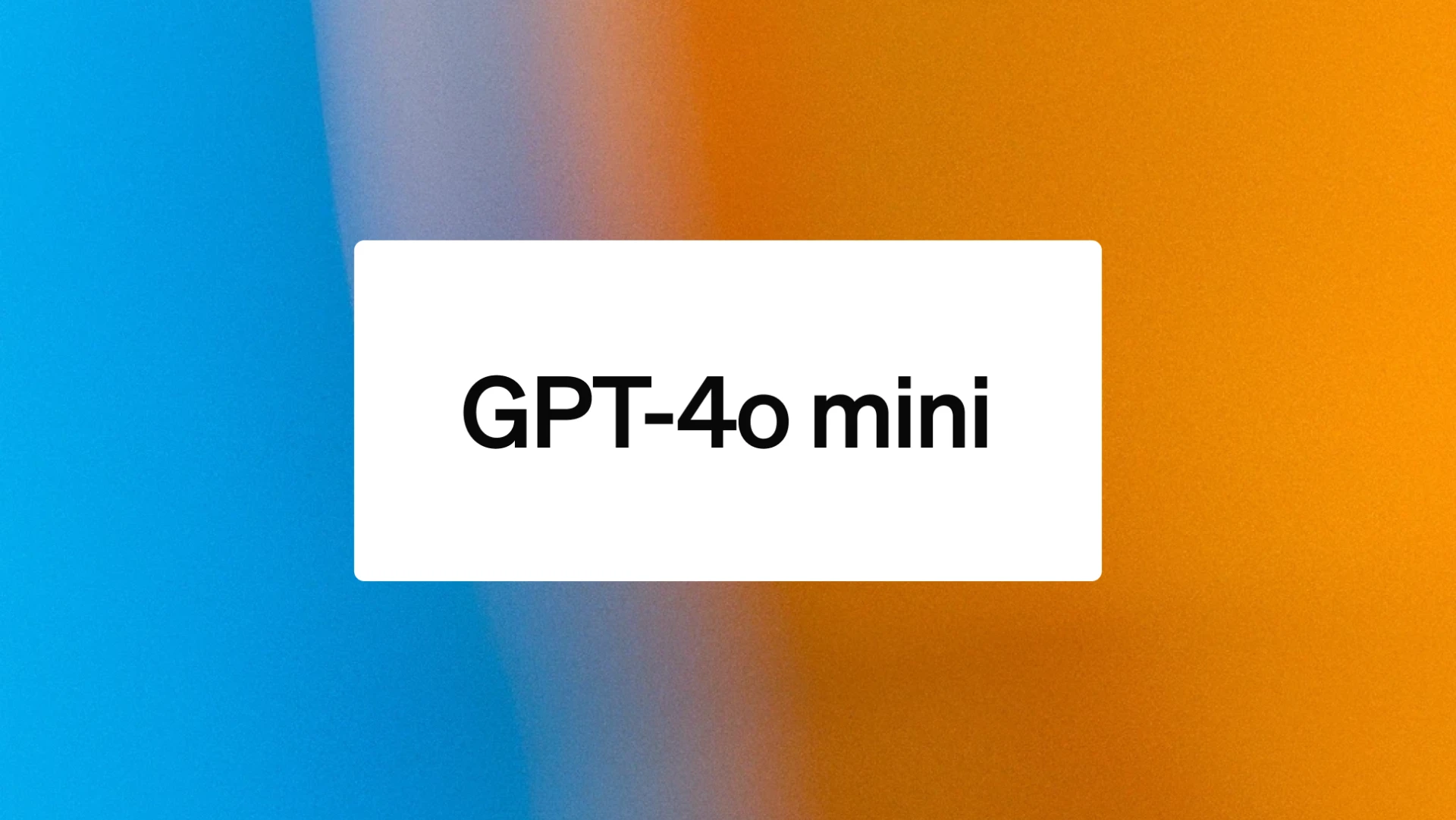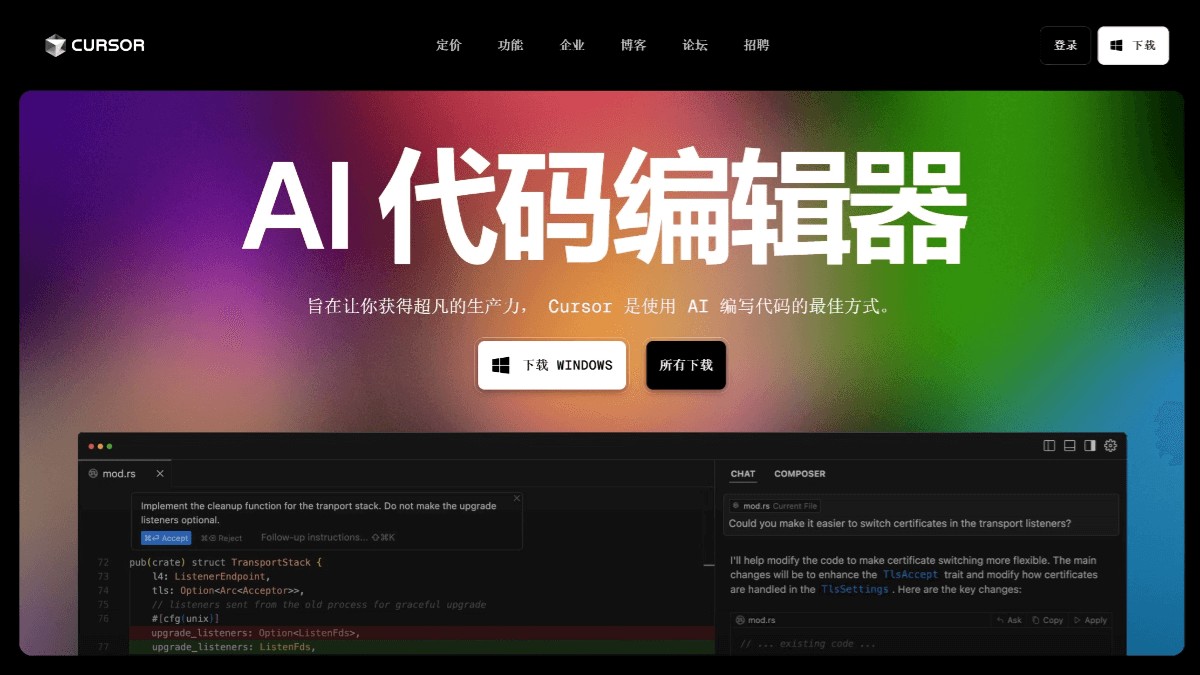
In the current development of artificial intelligence (AI), GPT-4o Mini and Llama 3.1 represent two different architectures and fine-tuning methods. Each of them has different advantages and applicable scenarios, so understanding their fine-tuning comparison is crucial to choosing the appropriate AI model.
GPT-4o Mini : It is a streamlined version based on GPT-4, retaining the powerful capabilities of GPT-4 and suitable for complex natural language generation tasks.
Llama 3.1 : Meta's Llama series model focuses on computing efficiency and scalability, is suitable for low resource environments, and emphasizes open source and flexibility.
GPT-4o Mini : Uses large-scale data sets for task-driven fine-tuning, can quickly adapt to different tasks with a small amount of data, and is good at generating and understanding tasks.
Llama 3.1 : Optimized through instruction fine-tuning and self-supervised learning, it is highly flexible, supports multiple tasks and is open to adjustments.
GPT-4o Mini : Excellent in generation capabilities, reasoning and multi-domain adaptability, suitable for complex dialogue generation, reasoning tasks and creative writing.
Llama 3.1 : It performs well in resource-constrained environments, especially in terms of training efficiency and computing cost, and is suitable for multi-task learning and knowledge extraction.
GPT-4o Mini : Suitable for high-quality dialogue generation, creative writing, cross-domain reasoning, customer service and other tasks.
Llama 3.1 : Suitable for applications in low-resource environments, such as rapid prototyping, academic research, and small task processing.
GPT-4o Mini : Relying on high computing resources and large-scale annotated data, the training process is stable and powerful, and it is suitable for large-scale tasks.
Llama 3.1 : Focuses on distributed training and efficient utilization of computing resources, suitable for fine-tuning of small data sets, and can quickly switch between multiple tasks.
GPT-4o Mini : Suitable for scenarios that require high-quality generation and complex reasoning tasks, especially when computing resources are sufficient, it performs better.
Llama 3.1 : Llama 3.1 provides higher training efficiency and flexibility when resources are limited, and is suitable for rapid experimentation, open source development and multi-tasking.
Both have their own advantages. GPT-4o Mini has strong performance in generation and inference, while Llama 3.1 has more advantages in computational efficiency and flexibility. Which model to choose depends on specific application requirements and resource conditions.



